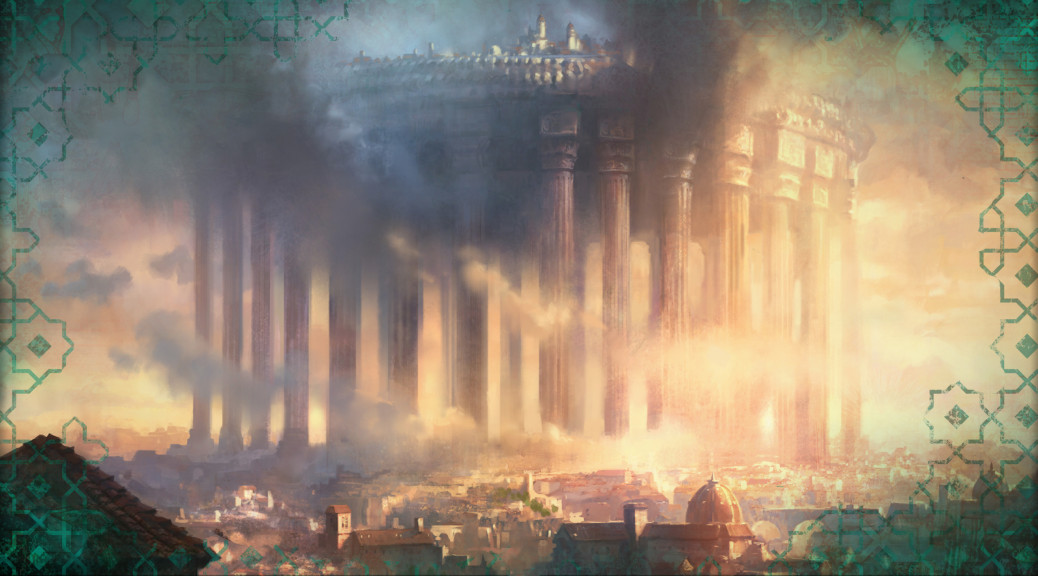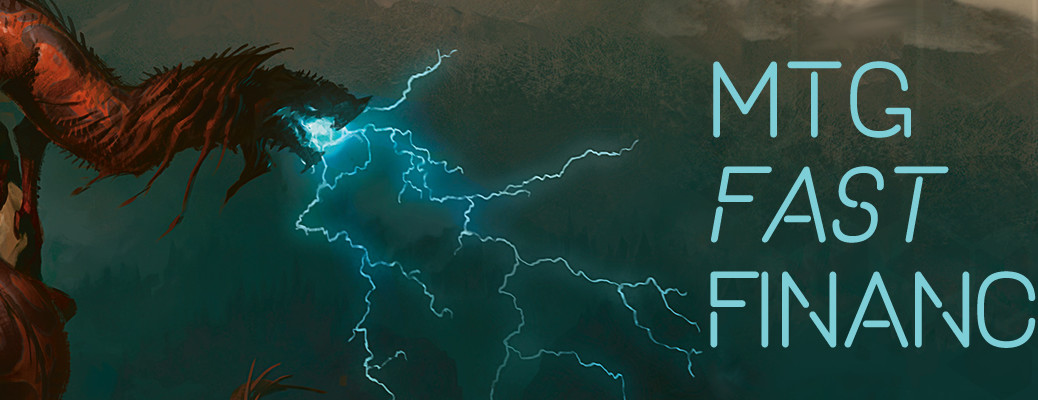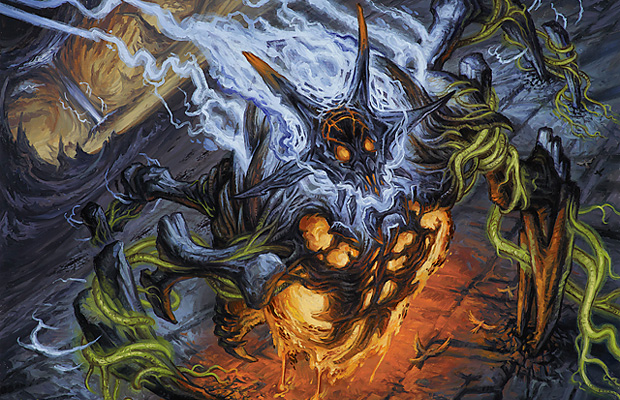Come with me, back in time.
Step into the Wayback machine, set for November of 1994. Magic: The Gathering has taken the gaming world by storm with its gameplay, portability, and fun. Stores cannot keep product on the shelf, and Wizards of the Coast has been plagued with problems as it tries to meet demand. People who run stores ask for 100 boxes and get ten, meaning that no one knows how much product they will get. Prices fluctuate wildly based on availability, local metagame, and the lack of centralized information.
Fallen Empires was supposed to fix all of that. Magic, for about the first 18 months of its life, was unable to stay in stock. Alpha, Beta, Unlimited…all of these had bigger and bigger print runs that they thought would keep up with demand but really, all it did was make players hungrier as the game grew and spread.
Stores would order what they thought they could sell, and then Wizards would only be able to meet a portion of those orders. By the time The Dark was printed, this was the practice stores had settled on: Order a whole bunch, and get only a part of that.
Well, Wizards had finally figured out how to meet demand, and when Fallen Empires came out in November 1994, they gave every store as much as they had asked for…and lots of stores couldn’t pay for 10 cases when they were only expecting one. Fallen Empires remains the gold standard for overprinting sets for this reason.
The next expansion was part of a three-sets-in-four-months run that Wizards is going to try again this summer. April 1995 saw Ice Age, June brought Fourth Edition, and then July had Chronicles.
Personal aside: I was a sophomore when Ice Age came out. I remember seeing that a new Counterspell was all of a sudden in the nickel bin at my LGS, and I bought four for a quarter, and I thought, “Someone really messed this up!!”
Ice Age had a small number of reprints, stuff like Icy Manipulator and Hurricane, but the other two sets were all reprints, all the time, and Chronicles specifically picked on things that were Rare or Uncommon. This was a game-changer, as some prices took a huge hit, as the number in circulation went up by an estimated factor of 10-20, according to Ben Bleweiss.
We have to remember how we found out about price changes back then. There were two main magazines that collected price data: InQuest and Scrye. Prices updated once a month when these bad boys hit the streets.
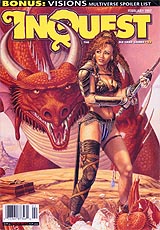
There was no shadowy #mtgfinance cartel orchestrating buyouts; this was opening a magazine and finding out that your rare $20 Killer Bees from Legends, the scourge of Hoover High School and a card with an ungodly number of kills…is now a dollar card thanks to being printed as an uncommon in Chronicles. Also, his Bees were not the only Bees to be reckoned with anymore, as we all had died to that card and now we all wanted to rack up kills with them!
What I want to think about is how the overprinting of Fallen Empires and Chronicles has made Wizards extremely hesitant about how they approach reprints at this time. We have some unofficial data about scarcity of Fifth Edition through Tenth Edition: They did not sell well, as evidenced by their low prices, aside from a few key cards.
It’s hard for me to express what it was like back then. There were boxes and boxes of Fallen Empires sitting on shelves, their six-card packs offering pump knights and the hope of a Breeding Pit. There was almost none of The Dark or things previous.
Contributing to the problem was that the packs previous to Ice Age were searchable. We knew the rare (or uncommon 3, or 2, or whatever system was in place) was the last card, face down. A little patience could tickle that card upward enough to expose the name, at which point the semi-transparent white plastic of the pack would yield the name of the card and whether it was worth buying…so the only older packs left on game store shelves were not going to have the cards people wanted most.
I’ve seen this trick done and it is disheartening in the extreme. Do not, ever, never, under any circumstance buy a loose pack of anything previous to Ice Age, when opaque foil started being used on booster packs. It’s been checked for duals/power/expensive cards already and while you might make a little money on the uncommons you have no hope of snagging the chase cards.
Chronicles was meant to make the game accessible for those who hadn’t had a chance to buy cards during Magic’s early days. Because Wizards had sorted out the printing problems and could meet demand, it was theorized that everyone would be happy having lots of copies of the stuff that wasn’t available early.
There were indeed a lot of people who were stoked to have lots more copies in circulation, but there were lots of others who saw the value of their cards drop like a rock. This very vocal group of people continued to make noise at the company over reprints, to the point that Wizards tried to mollify them almost immediately with the creation of a reprint policy. This locked down the rares which had not yet been reprinted and prevented any rare printed between Ice Age and Urza’s Destiny from being reprinted more than once. That ‘one time’ is why you get Judge Foil versions of things that weren’t allowed to be reprinted.
Say what you want about what exactly Wizards does in response to player outcries, but they have never failed to deliver a response, even if that response boils down to ‘calm down and wait,’ as evidenced with the outbreak of Modern Eldrazi. Wizards reacted swiftly to the outcry and decided that they were not going to devalue collections instantly.
This decision is at the heart of Wizards’ support of non-Standard formats. They have made a conscious and deliberate decision to attempt to lower prices gradually. Even big Standard reprints like Thoughtseize and fetchlands have not hit those prices too hard, and those are top-tier, four-of tournament staples.
I admit, I gave up trying to predict Wizards’ future behavior after they put Iona, Shield of Emeria in Modern Masters 2015 and then with the same art in the From the Vault set that same summer, yet the Reserved List makes a certain amount of sense. Some things are safe, everything else is fair game. You might not agree with this policy. Mark Rosewater doesn’t. Lots of people don’t, but as has been stated, it’s a policy and a promise that Wizards intends to honor.
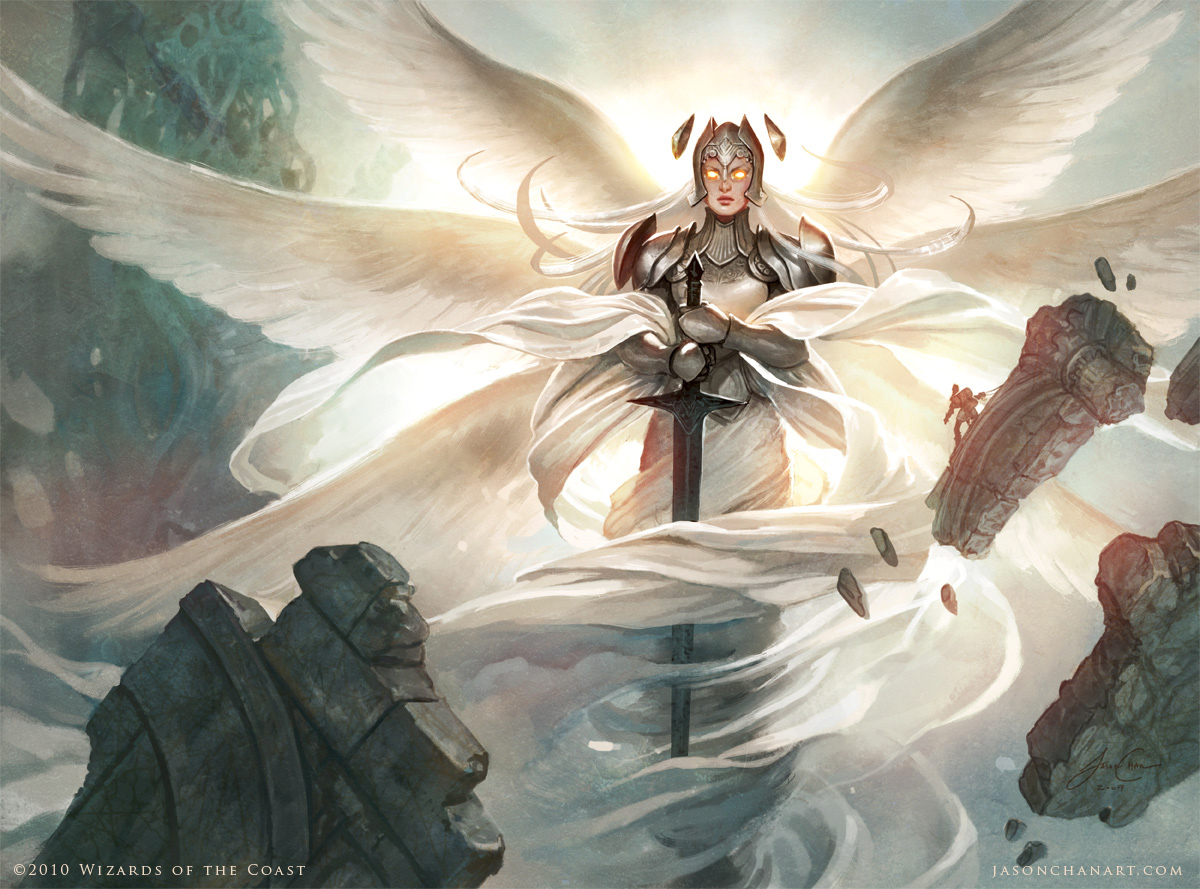
However, Wizards doesn’t want to make access to older cards too easy and too fast for the new player at the expense of the established player. This is a tricky line to walk, and I don’t think there’s a single correct path.
Wizards is aware of the pitfalls they have made in trying to strike that balance. Randy Buehler said it flat out: Chronicles was a fairly big mistake. It was overprinted. It tanked too much value too fast, and now every time there’s a set of reprints of non-Standard cards (Modern Masters, Modern Event Deck, From the Vaults, etc.) they have to reassure players that this will not be Chronicles all over again.
Wizards would rather underprint than overprint. We saw this in both Modern Masters releases, where there was a burst of product available but the demand was too high to keep prices low for long. You can find it now, but it’s going to cost you, and Wizards is okay with this outcome.
The end result is this: Eternal Masters is going to have a print run that’s relatively small. More Modern Masters 2013 than the 2015 version in terms of the numbers, and that means there will be less in circulation than you’re hoping for, especially the mythics or other cards you need a four-of, such as Force of Will.
